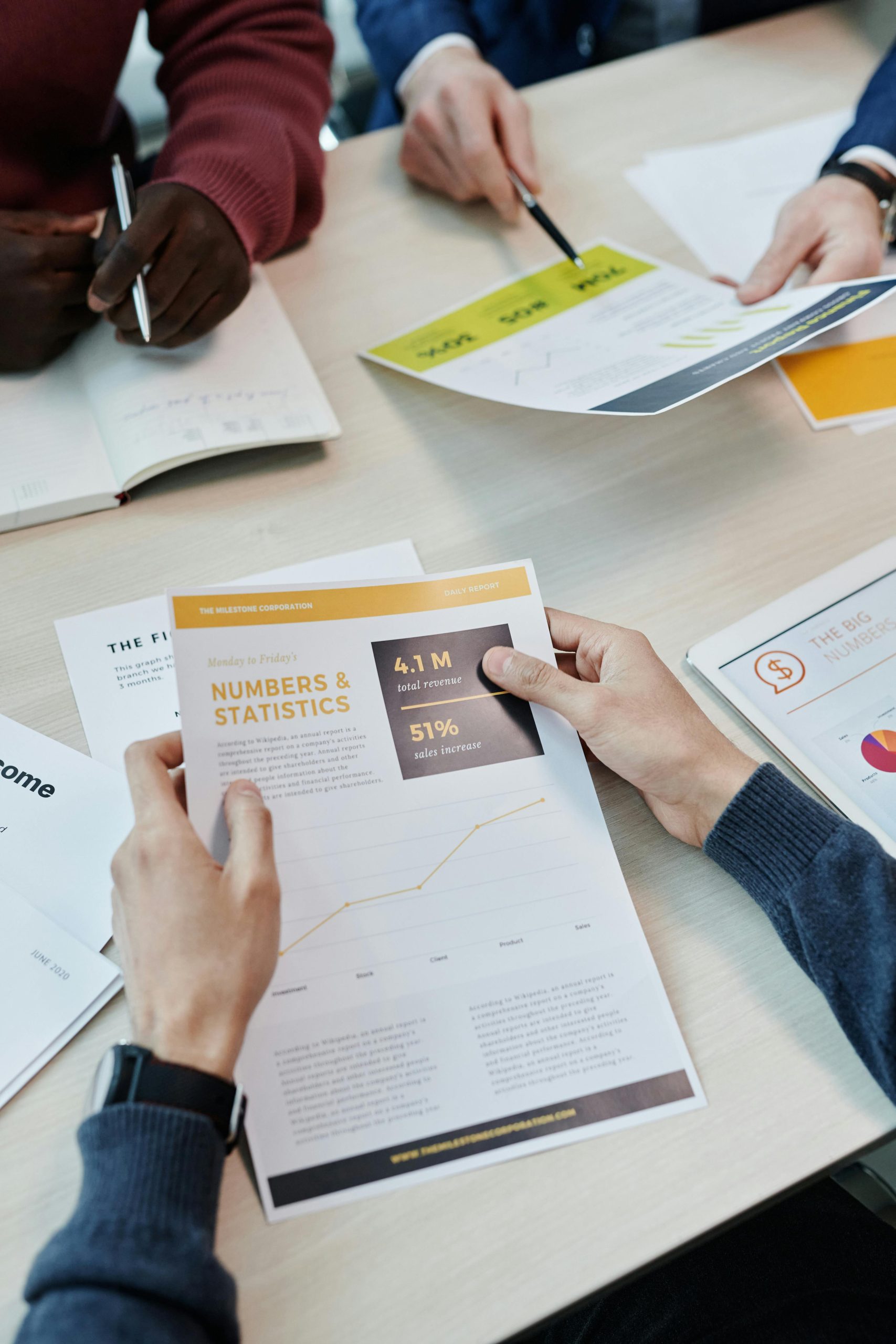Gross Domestic Product (GDP) is one of the most important indicators of a country’s economic health. Whether you’re an investor, business owner, or just someone trying to understand the economy, knowing how to interpret GDP reports is crucial. But GDP numbers can seem complex at first glance—filled with percentages, revisions, and jargon. This guide breaks down everything you need to know to confidently read and analyze GDP reports like a pro.
What Is GDP and Why Does It Matter?
GDP measures the total monetary value of all goods and services produced within a country’s borders over a specific period, usually a quarter or a year. It serves as a broad snapshot of economic activity and growth. Governments, policymakers, and businesses rely on GDP data to make informed decisions about investments, fiscal policies, and market strategies.
There are three primary ways to calculate GDP:
- Production Approach: Sums the value of all goods and services produced.
- Income Approach: Adds up all incomes earned by individuals and businesses.
- Expenditure Approach: Calculates total spending on goods and services (the most common method).
Understanding these methods helps contextualize the numbers you see in reports, ensuring you grasp what they truly represent.
Key Components of a GDP Report
A typical GDP report contains several critical elements that provide insights into economic performance. Here’s what to look for:
1. Real GDP vs. Nominal GDP
Nominal GDP reflects raw economic output without adjusting for inflation, while Real GDP accounts for price changes, offering a clearer picture of growth. Most analysts focus on Real GDP because it strips out inflation’s distorting effects.
2. GDP Growth Rate
This percentage shows how much the economy has expanded or contracted compared to the previous period. Positive growth indicates a healthy economy, while negative growth may signal a recession.
3. Contributions by Sector
GDP reports often break down growth by sectors like manufacturing, services, and agriculture. If one sector is booming while others lag, it can reveal underlying economic trends.
4. Revisions
Initial GDP estimates are frequently revised as more data becomes available. Pay attention to these updates—they can significantly alter the economic outlook.
How to Analyze GDP Trends
Interpreting GDP numbers goes beyond just reading the headline figure. Here’s how to dig deeper:
Compare Quarterly and Annual Growth
Quarterly GDP growth rates can be volatile, so comparing them to annual trends provides better context. For example, a single weak quarter might not indicate a downturn if annual growth remains strong.
Look at Per Capita GDP
GDP per capita divides total GDP by the population, offering insight into average living standards. A growing GDP with a stable population suggests improved prosperity, while a rising population may dilute gains.
Examine External Factors
Events like natural disasters, geopolitical tensions, or pandemics can skew GDP numbers. Always consider external influences before drawing conclusions.
Common Pitfalls When Interpreting GDP
Even seasoned analysts can misread GDP reports. Avoid these mistakes:
- Overreacting to Short-Term Fluctuations: Temporary dips or spikes don’t always reflect long-term trends.
- Ignoring Revisions: Early estimates are often adjusted—wait for finalized data before making big decisions.
- Focusing Only on Headline Numbers: Drill into sector-specific data for a fuller picture.
- Comparing Different GDP Measures: Mixing up Real and Nominal GDP can lead to incorrect conclusions.
Practical Applications of GDP Data
Knowing how to interpret GDP reports can help in real-world scenarios:
For Investors
Strong GDP growth may signal bullish markets, while weak growth could indicate caution. Sector-specific data helps identify promising industries.
For Business Owners
GDP trends inform hiring, expansion, and pricing strategies. A slowing economy might warrant cost-cutting, while growth could justify investment.
For Policymakers
Governments use GDP data to adjust interest rates, taxes, and spending to stabilize or stimulate the economy.
Conclusion
GDP reports are powerful tools for understanding economic health, but only if you know how to read them correctly. By focusing on Real GDP, analyzing sector contributions, and avoiding common pitfalls, you can extract meaningful insights from these numbers. Whether you’re making investment decisions, running a business, or simply staying informed, mastering GDP interpretation is an invaluable skill in today’s data-driven world.
